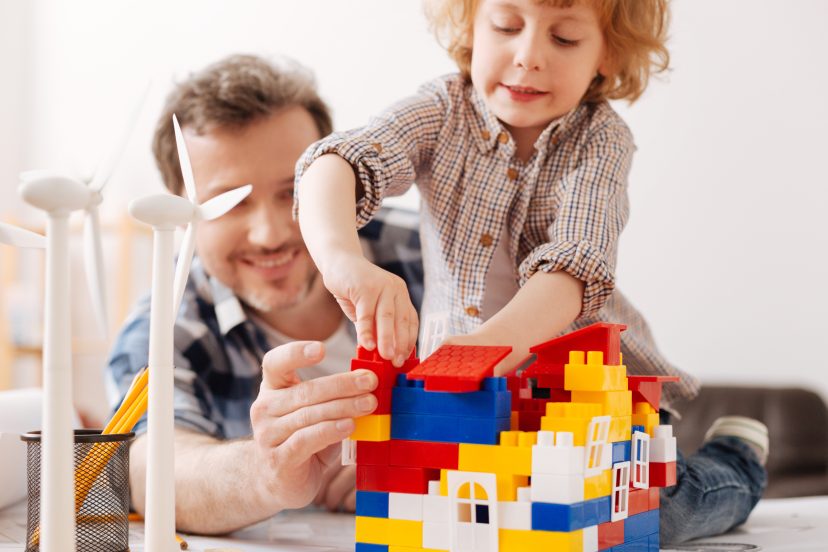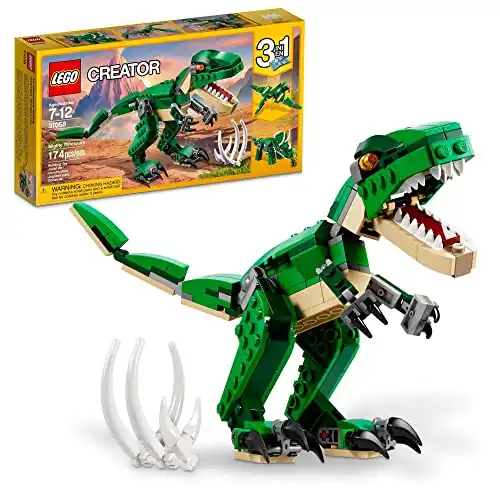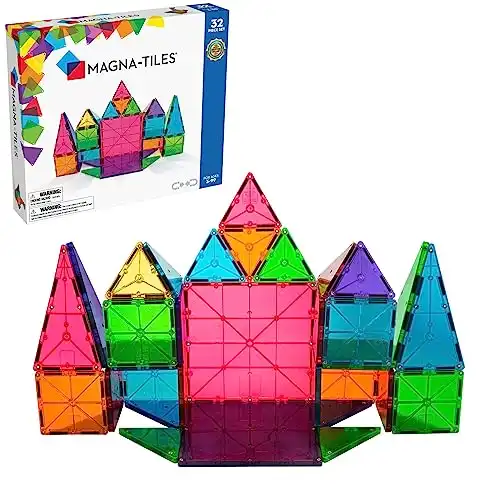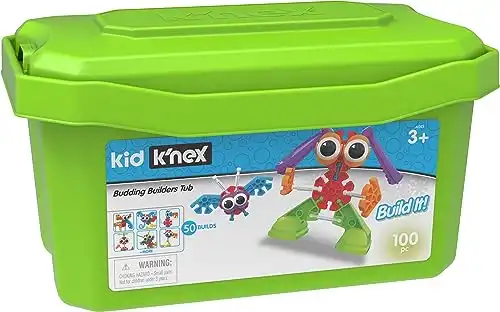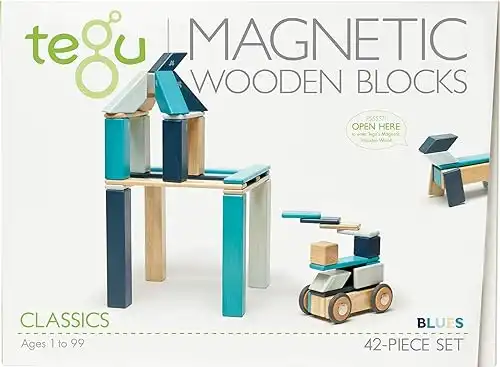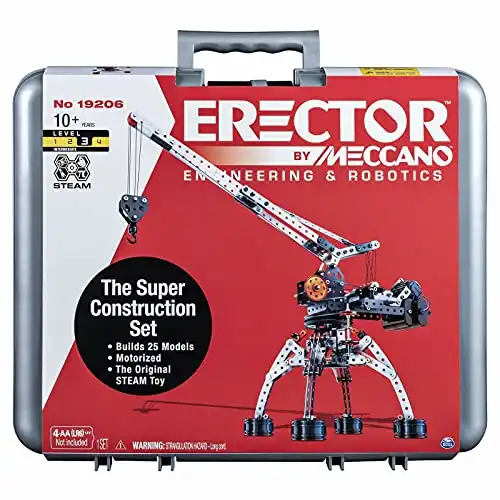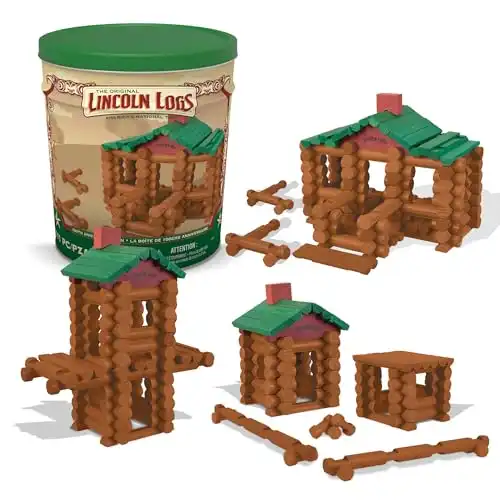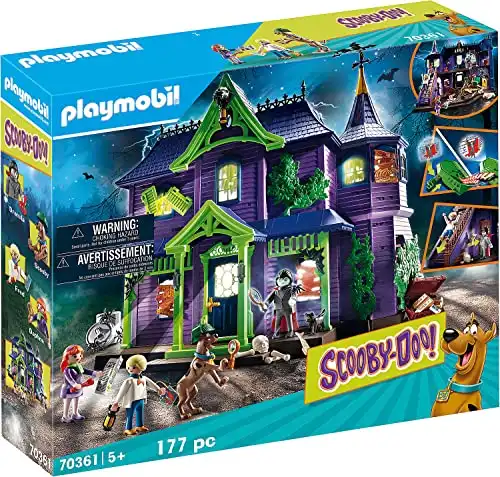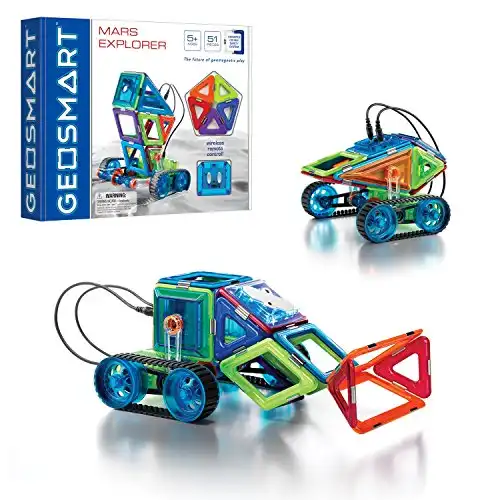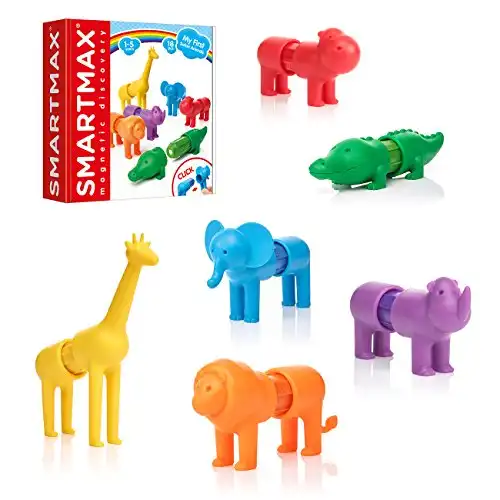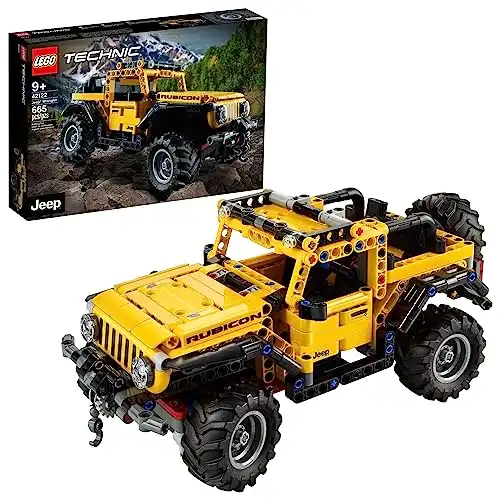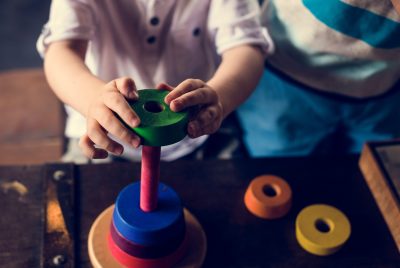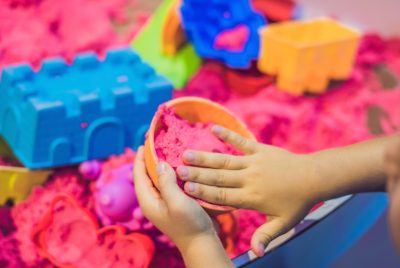Construction Toys for Kids: Engineering Futures with Creative Play
Ever wondered why kids are naturally drawn to construction toys? From stacking blocks to assembling intricate lego sets, there’s more to these playful activities than meets the eye. They’re not just toys; they’re the building blocks of learning, creativity, and future innovation. Today, I’m diving deep into the world of construction toys for kids and how they’re shaping the engineers and architects of tomorrow.
In This Acticle
Construction Toys: The Building Blocks of Learning
When we think of construction toys, we often picture simple blocks being stacked by a toddler. Yet, these activities are far more than just child’s play. They are the scaffolding upon which children build their understanding of the world, develop essential skills, and lay the foundation for lifelong learning. Lets have a look into how construction toys enhance cognitive skills and promote physical development, proving indispensable in a child’s growth.
Enhancing Cognitive Skills
Problem-solving and Creativity
Construction toys are a playground for the mind. They challenge children to think critically: How can I make this structure stable? What happens if I place this piece here? This problem-solving process is intrinsic to cognitive development. It encourages children to test hypotheses, learn from their failures, and try again, fostering resilience and a growth mindset.
Moreover, these toys stimulate creativity. With them, children can bring their imagination to life, whether they’re constructing a fantastical castle, designing an intricate bridge, or simply experimenting with shapes and balance. This creative play is not just about entertainment; it’s about exploring possibilities, expressing ideas, and understanding the world in new ways.
Spatial Awareness and Mathematical Thinking
Playing with construction toys enhances spatial awareness—understanding how different objects and shapes fit together in space. This skill is crucial not only for daily tasks but also for future learning in subjects like geometry, physics, and engineering.
Furthermore, construction play introduces basic STEM concepts in a tangible way. Counting pieces, comparing lengths, and understanding symmetry and balance all embed mathematical thinking into play, laying a solid foundation for academic learning in a fun and engaging manner.
Promoting Physical Development
Fine Motor Skills and Hand-Eye Coordination
The physical act of picking up, manipulating, and assembling construction toy pieces is vital for the development of fine motor skills. These skills are essential for tasks requiring precision, such as writing, tying shoelaces, or using utensils. As children grasp, rotate, and place pieces, they also refine their hand-eye coordination, improving their ability to perform tasks accurately and efficiently.
Sensory Development
Construction toys often come in various textures, shapes, and colors, providing sensory experiences that are crucial for cognitive development. Through tactile feedback, children learn to differentiate between smooth and rough, heavy and light, and so on. This sensory play supports cognitive growth by enhancing memory, attention, and decision-making skills.
The Role of Play in Childhood Development
Play is not just a way to pass the time; it is a critical component of childhood development. Through play, children learn to interact with their environment, develop language skills, think creatively, and build social connections. Construction toys, with their open ended nature, serve as an excellent medium for such learning experiences.
The Theory of Constructive Play
Educational Foundations
The concept of constructive play is rooted in the educational theories of Jean Piaget and Lev Vygotsky, who emphasized its role in cognitive and social development. Piaget proposed that through play, children construct their understanding of the world, learning through trial and error, experimentation, and discovery. Vygotsky added that play is intrinsically linked to social development, as children learn to communicate, collaborate, and understand others’ perspectives through shared play experiences.
Cognitive and Social Benefits
Constructive play, facilitated by construction toys, allows children to manipulate materials, build structures, and create worlds from their imagination. This form of play enhances cognitive skills such as problem-solving, spatial reasoning, and logical thinking. It also fosters social skills, including teamwork, negotiation, and empathy, as children often play and build together, sharing ideas and working towards common goals.
Top Construction Toys on the Market
The market for construction toys is incredibly diverse, offering a wide range of options that cater to various ages, interests, and developmental stages. From classic blocks to high-tech building kits, these toys engage children in creative play, challenge their problem-solving skills, and encourage learning through hands-on experience. Here are ten of the best types of construction toys available today:
LEGO Sets
LEGO sets are perhaps the most famous of construction toys, known for their interlocking plastic bricks. They offer endless possibilities for creation, from simple structures to complex models, including themed sets (like city, space, and fantasy worlds), which captivate the imagination of both children and adults.
This LEGO Creator 3 in 1 model rebuilds into a Triceratops and Pterodactyl Dinosaur toy action figures
Magna-Tiles
Magna-Tiles are magnetic building blocks that easily connect on all sides, allowing children to build 3D structures with ease. Their magnetic properties add an element of fascination and exploration of geometric shapes and structures, making them perfect for spatial reasoning development.
K’NEX
K’NEX provides a system of rods and connectors that snap together to create everything from simple figures to elaborate roller coasters. This budding builder set encourages exploration of mechanics and engineering principles, offering a hands-on approach to learning about movement and structure.
Tegu Magnetic Wooden Blocks
Tegu blocks are beautifully crafted wooden blocks with hidden magnets inside. They combine the timeless appeal of toddler puzzles with the innovative twist of magnetism, promoting fine motor skills and imaginative play.
Meccano/Erector Sets
Meccano, known as Erector Set in the United States, consists of metal strips, plates, gears, and wheels that are connected with nuts and bolts. This construction toy introduces children to the basics of mechanical engineering and robotics, challenging them to think like engineers.
Lincoln Logs
Lincoln Logs are wooden log-shaped pieces designed to interlock, allowing the creative construction of log cabins and other structures. They are great for teaching children about balance and proportion, fostering an appreciation for early American architecture.
Playmobil
While not a traditional construction toy, Playmobil sets include elements that need to be assembled to create detailed scenes and scenarios, from historical epochs to modern life. These sets encourage narrative thinking and social skills through role-play.
GeoSmart
GeoSmart is a magnetic construction toy featuring geometric shapes that can be combined to create models and structures. It’s particularly good for introducing kids to geometry, spatial reasoning, and STEM concepts in a fun, engaging way.
SmartMax
SmartMax sets consist of large magnetic pieces that are safe for younger children, designed to teach the basics of magnetic phenomena, construction, and architecture. The toys are great for developing fine motor skills and understanding cause and effect.
LEGO Technic
LEGO Technic takes construction to the next level with advanced building elements, including gears, beams, pulleys, and motors. It’s designed for older children and teens, offering a more sophisticated building experience that introduces concepts of mechanical engineering.
Each of these construction toys brings something unique to the table, from fostering basic motor skills and creativity in young children to introducing complex engineering concepts to older kids. By incorporating these toys into playtime, parents and educators can provide meaningful learning opportunities that build the foundation for future academic and personal success.
The Potential Impact of Construction Toys on Future Engineers
These toys, far from being mere playthings, serve as the first stepping-stones towards complex problem-solving, critical thinking, and imaginative innovation. Let’s delve into how construction toys can impact the minds and careers of those who will shape our future.
The Foundation of Engineering Skills
Construction toys introduce children to the basic principles of engineering and architecture from a young age. Through the act of building, they encounter concepts such as balance, stability, and structural integrity. This hands-on experience fosters an intuitive understanding of physical laws and engineering principles, long before these concepts are formally introduced in an educational setting.
Fostering Problem-Solving and Creativity
The challenges presented by construction toys require children to engage in problem-solving and creative thinking. When a structure falls, they must figure out why and how to rebuild it more sturdily. This process of trial and error, coupled with the freedom to experiment and innovate, lays the groundwork for the type of critical thinking engineers use daily.
Inspiring Curiosity in STEM
Construction toys are often a child’s first introduction to the world of STEM (Science, Technology, Engineering, and Mathematics). They spark curiosity about how things work, leading to a deeper interest in scientific and mathematical concepts. This curiosity is the driving force behind future STEM professionals, who will continue to explore, question, and innovate throughout their careers.
Real-World Success Stories
Numerous professionals in engineering and related fields trace their initial interest in the discipline back to their childhood experiences with construction toys. These stories are not merely anecdotal; they highlight a common thread among individuals who have pursued careers in designing, building, and innovating. For example, many architects credit their early fascination with LEGO or other building toys as a significant influence on their career path, underscoring the long-term impact of these toys.
The Role of Parents and Educators
Parents and educators play a crucial role in nurturing a child’s potential interest in engineering through construction toys. By providing access to a variety of building materials and encouraging play that challenges their problem-solving skills, adults can help children develop the foundational skills necessary for a future in engineering. Moreover, discussing the principles behind their constructions can deepen their understanding and appreciation of these concepts.
Closing Thoughts From Me
Construction toys are more than just playthings; they’re tools for building the future. By fostering creativity, encouraging problem-solving, and developing physical and cognitive skills, these toys lay the foundation for lifelong learning and success. As parents and educators, investing in construction toys is an investment in our children’s future, nurturing the architects, engineers, and innovators of tomorrow.
FAQs
What age should my child start playing with construction toys? Children can start as early as one year with suitable toys designed for their age group, focusing on safety and developmental appropriateness.
Are digital construction games as beneficial as physical toys? While digital games can offer educational value, physical toys are superior in developing fine motor skills and offering tactile feedback, crucial for early development.
Can construction toys really influence a child’s career choice? Yes, early exposure to these toys can spark interest in design, engineering, and architecture, laying the groundwork for future educational and career pursuits.
How can I ensure my child stays engaged with their construction toys? Offer a variety of toys suitable for their developmental stage, challenge them with projects, and participate in playtime to keep the experience fresh and exciting.
Are there construction toys suitable for outdoor play? Absolutely. Many construction sets are designed for outdoor play, allowing children to explore larger-scale construction projects in a natural setting, enhancing creativity and physical activity.

